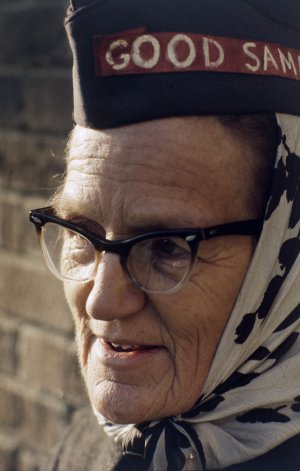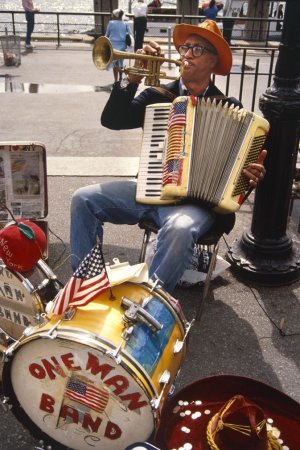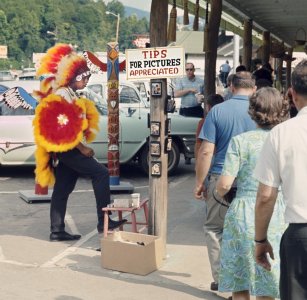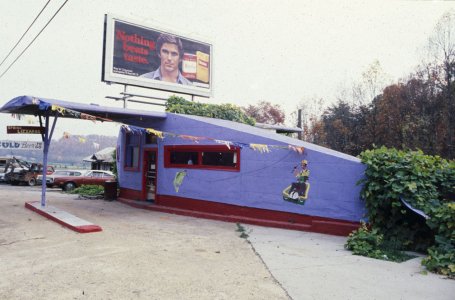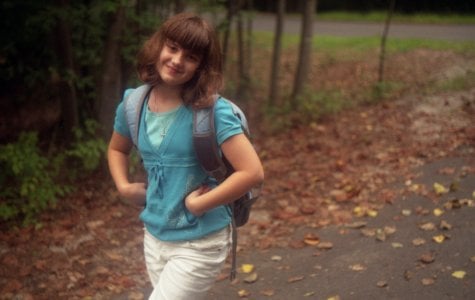x-ray
Mentor
Skip forward to the 60’s and 70’s. Is that vintage? All were shot with lenses and film of the day. What’s the difference in my photos and my dads?
Attachments
-
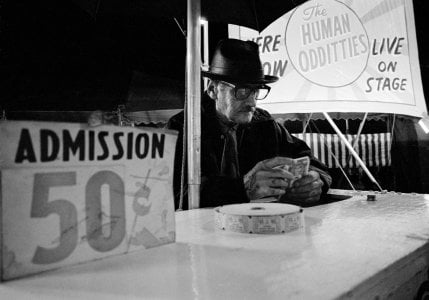 TVAI X.jpeg172.5 KB · Views: 12
TVAI X.jpeg172.5 KB · Views: 12 -
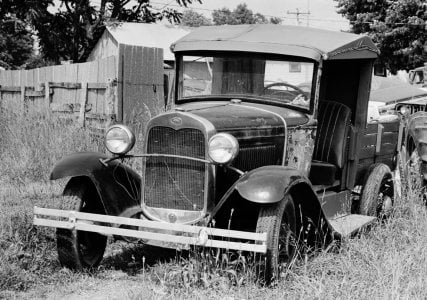 Model A Ford.jpeg422.6 KB · Views: 13
Model A Ford.jpeg422.6 KB · Views: 13 -
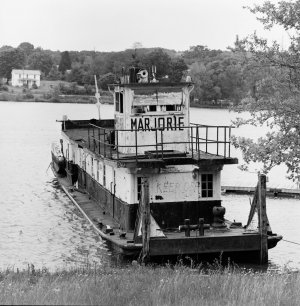 Marjorie 1a.jpeg453 KB · Views: 12
Marjorie 1a.jpeg453 KB · Views: 12 -
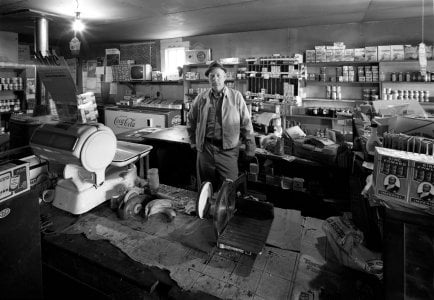 Greenway A.jpeg284.3 KB · Views: 11
Greenway A.jpeg284.3 KB · Views: 11 -
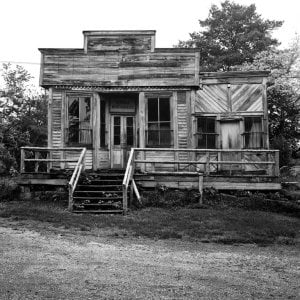 General Mdse.jpeg238.9 KB · Views: 11
General Mdse.jpeg238.9 KB · Views: 11 -
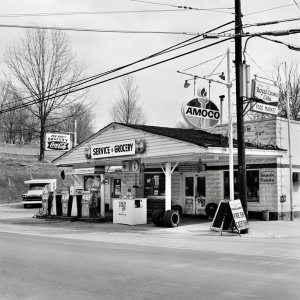 Amoco Service and Grocery.jpeg346.9 KB · Views: 10
Amoco Service and Grocery.jpeg346.9 KB · Views: 10 -
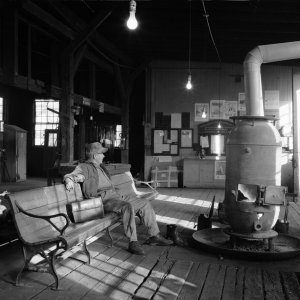 Roundhouse maint. office L&N.jpeg189.9 KB · Views: 10
Roundhouse maint. office L&N.jpeg189.9 KB · Views: 10 -
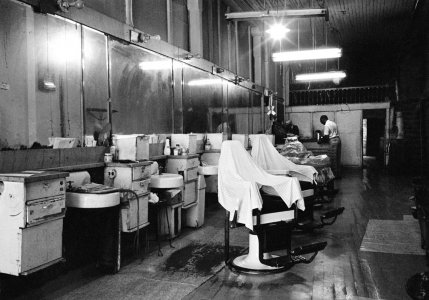 Barber Shop Old City.jpeg188.5 KB · Views: 11
Barber Shop Old City.jpeg188.5 KB · Views: 11 -
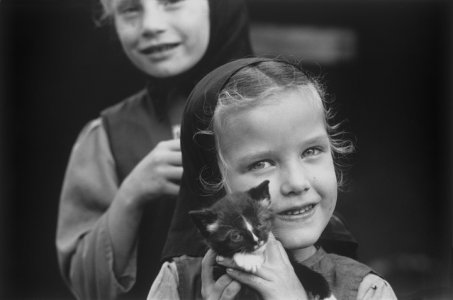 Mennonite girls kitten.jpeg55.6 KB · Views: 11
Mennonite girls kitten.jpeg55.6 KB · Views: 11 -
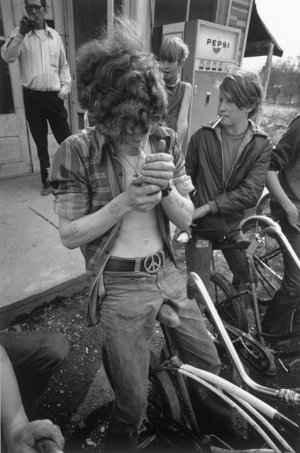 Petros Benny .jpeg114.9 KB · Views: 11
Petros Benny .jpeg114.9 KB · Views: 11 -
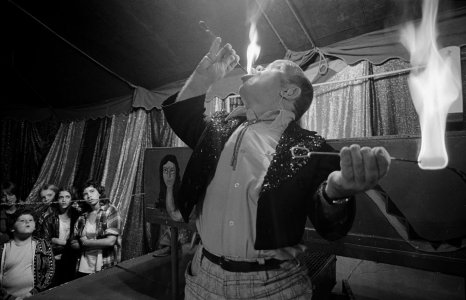 Street BW 172.jpeg157.4 KB · Views: 12
Street BW 172.jpeg157.4 KB · Views: 12
x-ray
Mentor
Here are a few vintage color examples from the late 60’s and early 70’s. The airplane is Kodachrome II, the Good Sam is Kodachrome X I think, the street musician Kodachrome 25 I think and the Indian Ektachrome X. The street musician was from the mid 80’s.
Maybe we’ve lost the aesthetic warmth of our images because everyone wants perfect sensors with 14 stops dynamic range and lenses with insane contrast and sharp to the last pixel in the most extreme corners. Possible?
Maybe we’ve lost the aesthetic warmth of our images because everyone wants perfect sensors with 14 stops dynamic range and lenses with insane contrast and sharp to the last pixel in the most extreme corners. Possible?
Attachments
Godfrey
somewhat colored
I don't know much about "the vintage look". I just know what I like when I'm looking at photos and when I'm rendering my own. Some cameras and lenses make it easier for me to achieve particular looks than others; other cameras and lenses allow me to make *other* looks more easily.
Over time, I have found a particular couple of looks that I like. I now strive to achieve them with the various equipment I've accreted.
G
Over time, I have found a particular couple of looks that I like. I now strive to achieve them with the various equipment I've accreted.
G
Mos6502
Well-known
If we're talking specifically about glass, I generally take "vintage" look, or rendering, to mean softer contrast, softer rendition of colors, and a distinctive rendering of OOF areas. Many modern lenses render OOF areas in an almost artificial way, it's a little too clean, and one company's lens renders like another company's lens. The boke' may be "creamy" as they say, but it all looks the same. And indeed, cell phones algorithmically add fake background OOF that looks very much like the generic, lifeless OOF of most modern lenses. Whereas if you look at older lenses, each company tended to have particular style of rendering associated with it. A Meyer renders like a Meyer, and a Zeiss renders like a Zeiss, and both render differently than any modern lenses do.
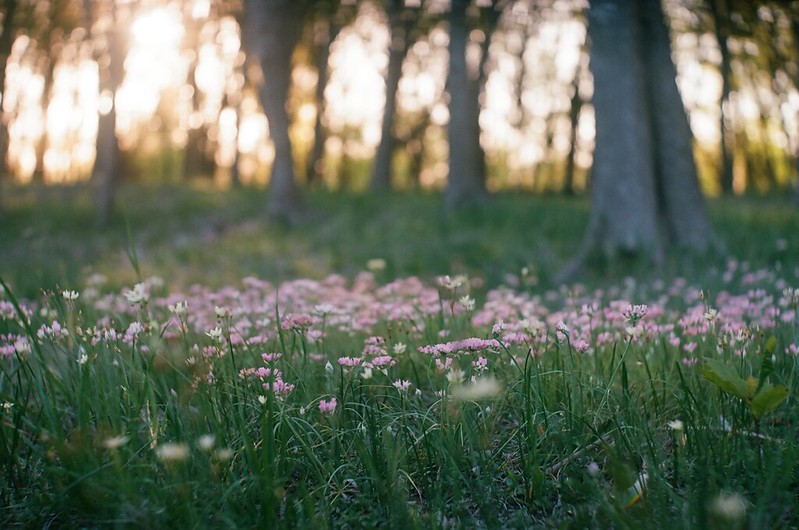 I finally by Berang Berang, on Flickr
I finally by Berang Berang, on Flickr
 Beetle by Berang Berang, on Flickr
Beetle by Berang Berang, on Flickr
 Untitled by Berang Berang, on Flickr
Untitled by Berang Berang, on Flickr
As for why? If it adds interest, why not?
You can play with contrast and color saturation in photoshop, you can mimic the high contrast and saturation of Kodachrome, you can do a lot really... but you can't quite do everything. One of the reasons boke' has become such a popular topic in the past decade is because it is essentially inimitable. You can't easily add a swirly boke' nor can you easily add over-corrected specular highlights, these effects are endemic to the lenses used. If you want it, you have to have the lens that makes it.
 I finally by Berang Berang, on Flickr
I finally by Berang Berang, on Flickr Beetle by Berang Berang, on Flickr
Beetle by Berang Berang, on Flickr Untitled by Berang Berang, on Flickr
Untitled by Berang Berang, on FlickrAs for why? If it adds interest, why not?
You can play with contrast and color saturation in photoshop, you can mimic the high contrast and saturation of Kodachrome, you can do a lot really... but you can't quite do everything. One of the reasons boke' has become such a popular topic in the past decade is because it is essentially inimitable. You can't easily add a swirly boke' nor can you easily add over-corrected specular highlights, these effects are endemic to the lenses used. If you want it, you have to have the lens that makes it.
Last edited:
retinax
Well-known
Beside the content: Flare and relatively shallow dof for subjects/compositions that would require deep focus, probably due to slow film requiring wide apertures.What makes them look vintage.
My take on the OP's question: "vintage look" gets thrown around for a bunch of different characteristics that often were undesirable back in the day, but are artifacts of imperfect technique, process and aging. Modern photo tech results in different artifacts under imperfect circumstances, while the formerly undesirable nature of the vintage artifacts has been forgotten and clouded with nostalgia, so it's seen as character now rather than as flaws. That adherence to an "outdated" tech eventually becomes a luxury, as newer tech becomes cheaper, only heightens this perception.
This happens in different realms of aesthetics/technology, from painting and building techniques to recording.
Last edited:
Share:


